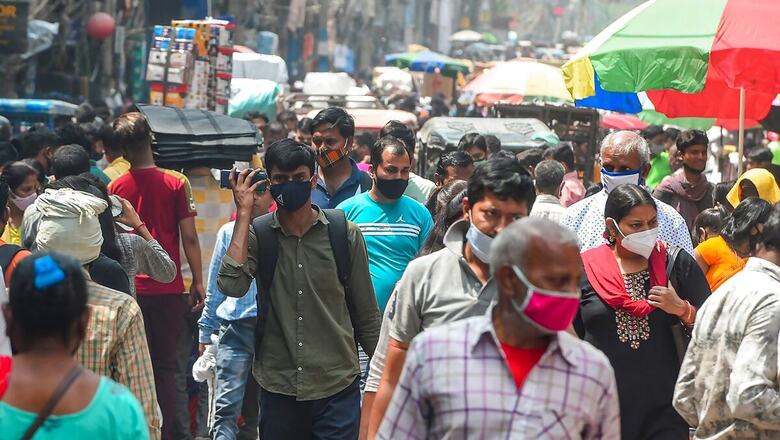
views
Those who have read history and understand epidemiology know that pandemics do not simply disappear. During the influenza pandemic of 1918-20—which too caused respiratory disease—there were four waves in total. It was the second wave, in quick succession of the first, which was the deadliest. During the COVID-19 pandemic, in less than one year, most countries have already witnessed two or three wave/peaks, with the second wave in most countries leading to a bigger surge in the caseload and challenging the existing health systems. Besides restrictions, many countries had to impose fresh lockdowns.
An early and stringent nationwide lockdown in India delayed the first wave of COVID-19. Yet, there was no reason to believe that India would be spared from the second wave. The only question was when and how big the second wave would be?
India is now well into the second wave of COVID-19 pandemic. The number of daily cases has crossed the 2 lakh-mark. This is a time to ask if the ‘irresponsible citizen’ who is not following COVID-appropriate behaviour must be solely blamed for the surge. Or, is there a need to develop a better understanding of how this virus behaves, and let science guide us to tweak our health policy response to the raging pandemic and further strengthen our health systems?
It is in this context that one must understand the epidemiologic triad, which provides insights into how infectious diseases like COVID-19 spread, and accordingly develop strategies to win the war against the virus.
What is Epidemiologic Triad
The spread of a disease in a community or country is determined by the complex interaction of the agent, the host and the environment, which together form the epidemiologic triangle or triad. This is an age-old concept in epidemiology, which has stood the test of time. Whether a disease will remain localised with low levels of transmission or will end up causing a global pandemic can be answered by an understanding of this triad.
In the COVID-19 pandemic, SARS-CoV-2 is the agent. The infectiousness (ability to infect), pathogenicity (ability to cause disease) and the number of virus particles needed to get infected determine the disease pattern. SARS-CoV-2 is a respiratory virus, which spreads mainly through droplets that enter nose and mouth. It has an ability to bind itself to a receptor, typically in our lungs. Some new strains of the virus have also emerged over the last few months.
Every individual is a host for SARS-CoV-2. Health condition, risk of exposure and medical history determine an individual’s response to the agent. The behaviour of the host, such as hygiene practices, occupation, nutritional and immunologic status, age, gender and many other factors, determines the probability of getting infected as well as the disease outcome.
The environment in the triad refers to the external factors. These include conditions in which people live, crowding, sanitation and availability of health services. Here, public health policies as well as availability of health services—testing and tracing, isolation and quarantine facilities among other things—are a part of the environmental factor, which will determine the interaction between the virus and human beings. Health interventions and policies by the government can modulate the environment factor, which, in turn, can reduce the disease risk.
Who to Blame?
The pandemic response strategies, now, should aim at tackling all the three components of the epidemiologic triad.
There is little that can be done to change the agent behaviour. But preventive measures enforced effectively and policy interventions implemented properly can reduce the transmission of the virus, decreasing the possibility of mutations and the virus becoming more virulent.
When it comes to the host, there is a need for nuanced communication strategies, where people should not simply be told to follow a particular behaviour but should also be explained why they should follow it. People should be ‘nudged’ into adopting COVID-appropriate behaviour.
It is, however, the environment which seems to be the biggest concern—election rallies and Kumbh Mela that attract people in thousands allow easy interaction between the host and the agent. There is a need for uniform policy here, especially when people are asked to avoid markets, which may see relatively less crowd.
The ‘irresponsible citizen’ narrative shifts the responsibility for health disproportionately on to the people, completely overlooking the role of policymakers. People and policymakers together, guided by science, can take on this virus.
Next time, when someone says ‘irresponsible citizens’ are to be blamed for COVID-19 surge, tell them, they are right, but partly.
Read all the Latest News, Breaking News and Coronavirus News here. Follow us on Facebook, Twitter and Telegram.




















Comments
0 comment